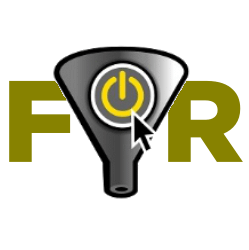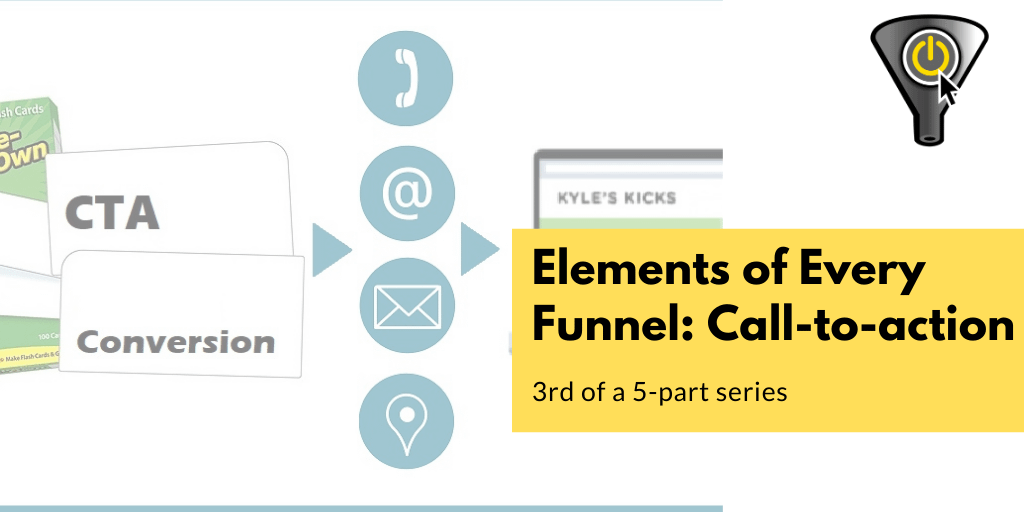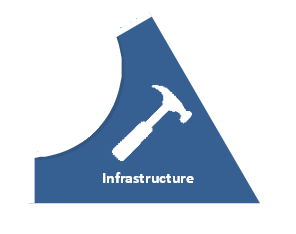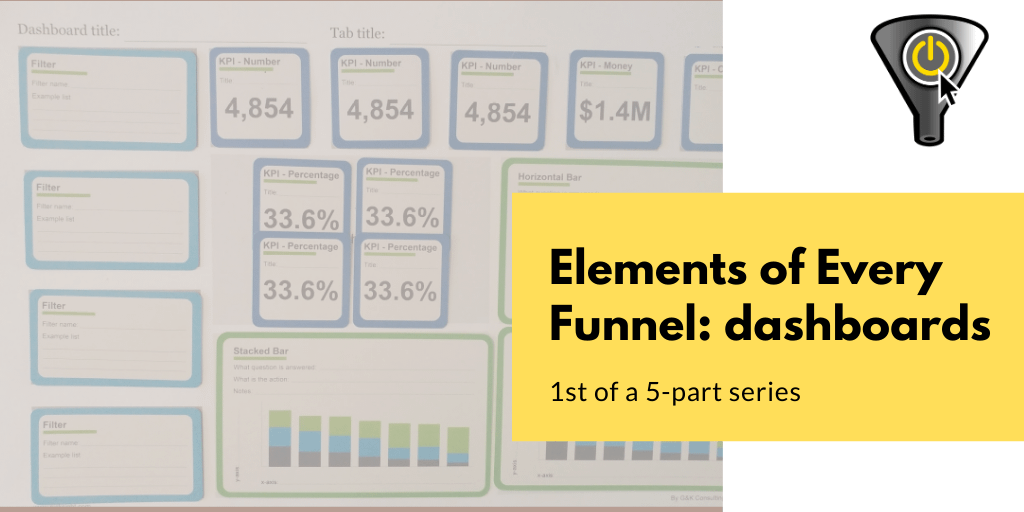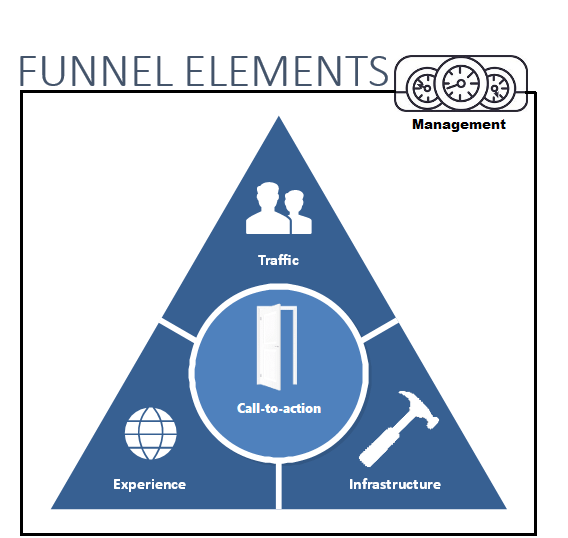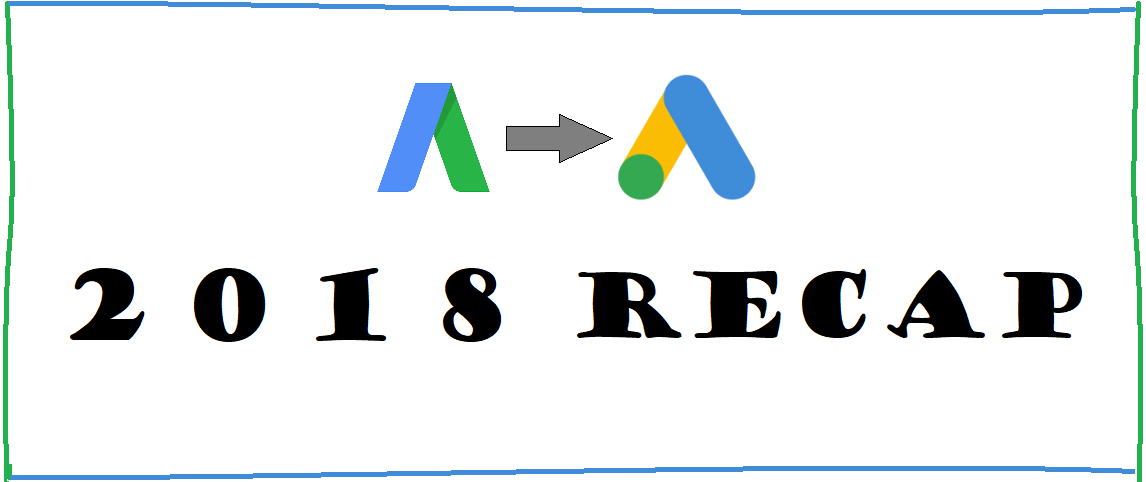This is part of a series on Elements of Every Funnel. Fifty years ago, Author and Ad Age writer Bob Stone gave a framework for direct marketing funnels: list, offer, creative. Today, we will focus on the ‘Offer,’ otherwise known as the call-to-action.
In this episode, we look at both sides of website interaction. We discuss how visitors progress through a website and how marketers make conversion offers for visitors to complete. Marketers make a critical choice when deciding the conversion actions they use, so we go through the most common call-to-action offers used on leading-edge websites. Listen in for answers to these topics:
- Why do we have conversions?
- How to optimize your conversion offers
- How to choose what call-to-action to put on your webpage
- How to effectively use chatbots, contact form, call buttons, questionnaires, etc
Ideas and Products mentioned in the episode:
Chat tools
People mentioned in the episode:
Karl Blanks and Ben Jesson, author “Making Websites Win”
Chris Goward, author “You Should Test That”
Brad Geddes, author “Advanced Google AdWords”
Tim Ash, author “Landing Page Optimization”
Sangram Vajre, Flip the Funnel
Reboot:
Enjoy this list of Conversions/Calls-to-Action from “You Should Test That” (reprinted with permission)
Lead-Generation Goals
If lead generation is your overall purpose, the goals might include any of the following specific user actions:
- Request a quote
- Create an online quote
- Request an in-person demo
- View an overview video
- Request a phone call
- Take a quiz or poll
- Request a situation analysis
- in a contest
- Request market information
- Fill out a needs-analysis
- Book a meeting
- questionnaire
- Use a needs-analysis wizard
- Ask a question
- Use an interactive savings or RO
- Complete a contact form inquiry
- calculator
- Download software
- Click to call
- Sign up for trial offer
- Click to chat
- Request a printed brochure
- Make a phone call
- Request a catalogue
- Register for a webinar
- Download an online brochure
- Register for a conference
- Download a whitepaper
- Sign up for a newsletter
- Download an ebook
- Sign up for a blog subscription
- Download a worksheet
- Sign up for an RSS feed Subscription
- Download a case study
E-Commerce Goals
For e-commerce, your goals might be based on any of these common metrics:
- e-commerce purchase conversion rate
- Average order value
- Return on ad spend
- Revenue per visitor
Or they might include any of the following user actions:
- Sign up for an RSS feed
- Request a catalog
- Subscription
- Ask a question
- Add to cart
- Click to cali
- Save to a wish list
- Click to chat
- Sign up for auto-reordering
- Sign up for a newsletter
- Add accessories (up-sell)
- Sign up for a blog subscription
Affiliate Marketing Goals
For affiliate marketing, your goals might include a specific revenue-per-visitor value, along with any of the following actions:
- Click through to an affiliate site
- Sign up for a newsletter
- Sign up for a blog subscription
- Fill out a needs-analysis questionnaire
- Sign up for an RSS feed subscription
- Use a needs-analysis wizard
- Find a service provider
- Use an interactive savings or ROI calculator
- Find savings in your area
- Create an online quote
Subscription Goals
Subscription goals might include any of the following actions and metrics:
- Sign up for a free trial subscription
- Upgrade subscription
- Paid subscription signups
- Average subscription signup value
There are many more goals you can track, depending on your business model. For each test, choose the one that drives the most revenue. Once you have identified the goals for your test, you’ll be ready to set up your conversion-optimization experiment and get testing.
